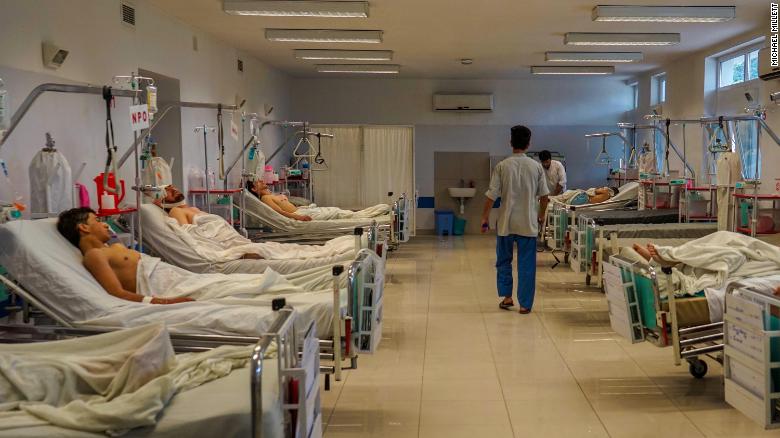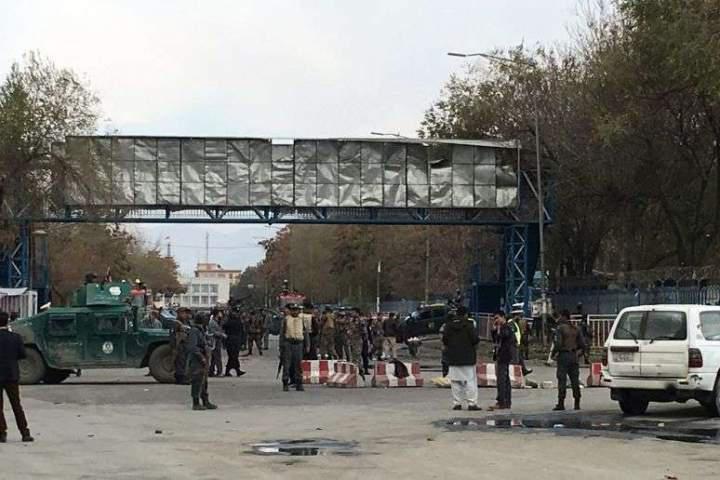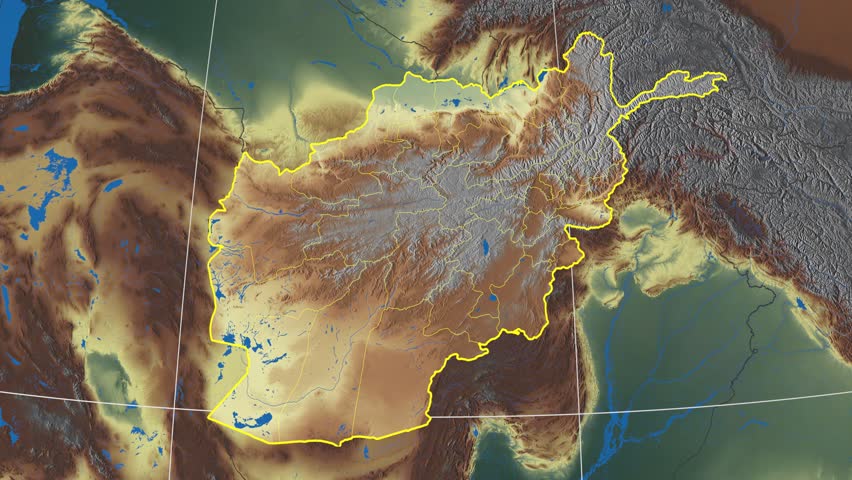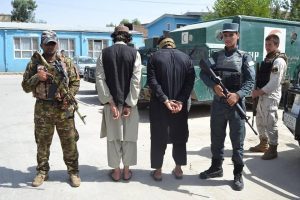The boy was left for nearly 20 hours before the ambulance could reach him. He was unable to move because a bullet had torn a hole through his abdomen. When the fighting finally subsided, he was driven the 130 kilometers north from Ghazni to Kabul and a specialized hospital that treats the war-wounded.
Publish dateFriday 7 September 2018 - 21:58
Story Code : 170260
AVA- The boy, 12, became one of 50 cases the Italian nongovernmental organization Emergency treats on a daily basis in what has become the surgical center's busiest year on record.
At the entrance to the children's ward, a whiteboard lists the injuries: shrapnel, mine, shrapnel, shrapnel, mine, shrapnel, bullet, bullet, bullet, shrapnel, shotgun, bullet, shrapnel, bullet, bullet, bullet, bullet. Children account for about 30% of all patients the hospital treats.
The center treats victims from across the country, but in recent months, it's been the increasing violence in and around the capital that has affected even the most hardened staff members.
"Even Kabul is not secure. When I'm coming from home and I say hello to my baby and wife, I am thinking sometimes there is no guarantee to be back at home," says Najibullah Hekmat, a third-generation Afghan surgeon trained and working at the hospital.
ISIS claimed responsibility for Kabul's latest attack on Wednesday, twin blasts that killed 20 civilians and wounded 70 more.
"Every day the situation is getting worse and the fighting is increasing. Honestly for me, I don't have any clear future," says Hekmat.
As US Secretary of Defense James Mattis arrived in Afghanistan Friday to chart the future strategy with his new top commander Gen. Austin S. Miller, he was confronted with an unsettling truth: 2018 may be a bad year in America's longest running war, but for Afghanistan, it is becoming its bloodiest.
An escalation in terrorist attacks and fighting between the Taliban and government forces has helped drive the number of civilian deaths this year to its highest point on record -- 1,692 civilians killed by June 30, according to the UN.
In August, Taliban forces overran and briefly captured Ghazni. The attack was the boldest in a series of offenses. The US Special Inspector General for Reconstruction (SIGAR) estimates only around 56% of the country's districts are under government control, and a third of Afghanistan is now "contested."
This despite the $45 billion the US spends per year here, focused mainly on training Afghan security forces.
At the entrance to the children's ward, a whiteboard lists the injuries: shrapnel, mine, shrapnel, shrapnel, mine, shrapnel, bullet, bullet, bullet, shrapnel, shotgun, bullet, shrapnel, bullet, bullet, bullet, bullet. Children account for about 30% of all patients the hospital treats.
The center treats victims from across the country, but in recent months, it's been the increasing violence in and around the capital that has affected even the most hardened staff members.
"Even Kabul is not secure. When I'm coming from home and I say hello to my baby and wife, I am thinking sometimes there is no guarantee to be back at home," says Najibullah Hekmat, a third-generation Afghan surgeon trained and working at the hospital.
ISIS claimed responsibility for Kabul's latest attack on Wednesday, twin blasts that killed 20 civilians and wounded 70 more.
"Every day the situation is getting worse and the fighting is increasing. Honestly for me, I don't have any clear future," says Hekmat.
As US Secretary of Defense James Mattis arrived in Afghanistan Friday to chart the future strategy with his new top commander Gen. Austin S. Miller, he was confronted with an unsettling truth: 2018 may be a bad year in America's longest running war, but for Afghanistan, it is becoming its bloodiest.
An escalation in terrorist attacks and fighting between the Taliban and government forces has helped drive the number of civilian deaths this year to its highest point on record -- 1,692 civilians killed by June 30, according to the UN.
In August, Taliban forces overran and briefly captured Ghazni. The attack was the boldest in a series of offenses. The US Special Inspector General for Reconstruction (SIGAR) estimates only around 56% of the country's districts are under government control, and a third of Afghanistan is now "contested."
This despite the $45 billion the US spends per year here, focused mainly on training Afghan security forces.
Source : خبرگزاری Afghn Voice Agency(AVA)
avapress.net/vdcfvxdyxw6de0a.r7iw.html
Tags
Top hits












